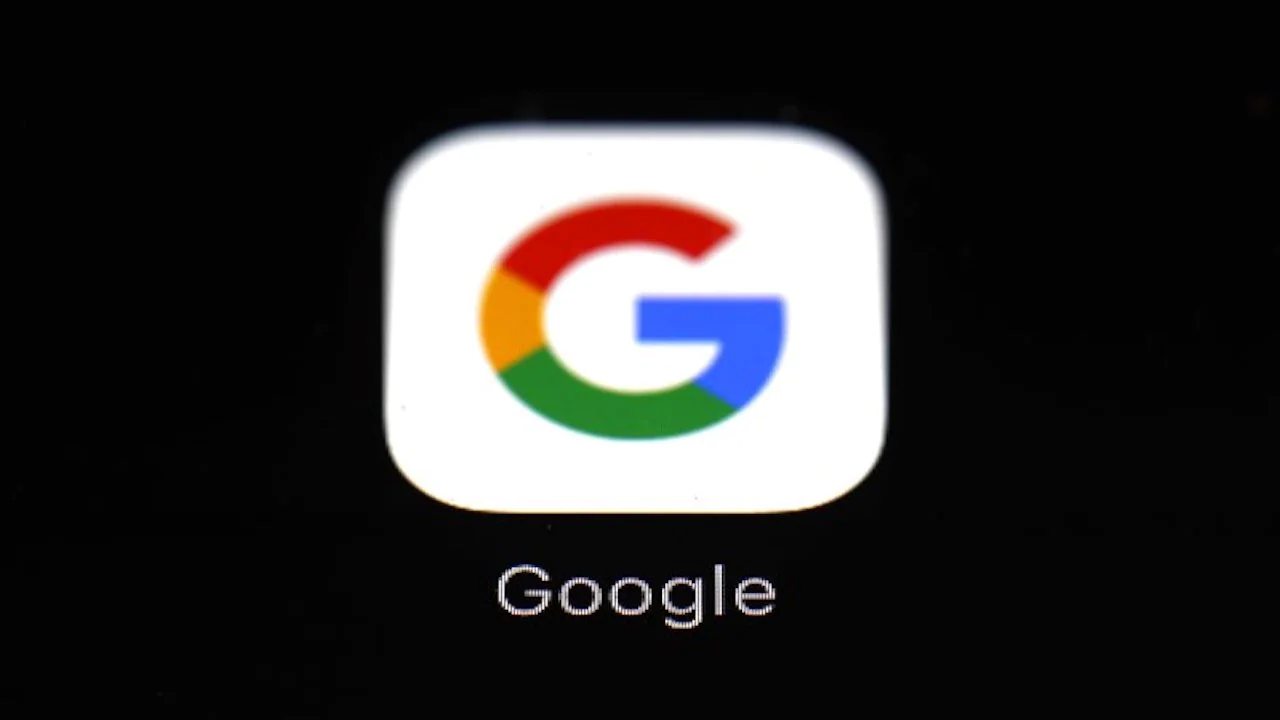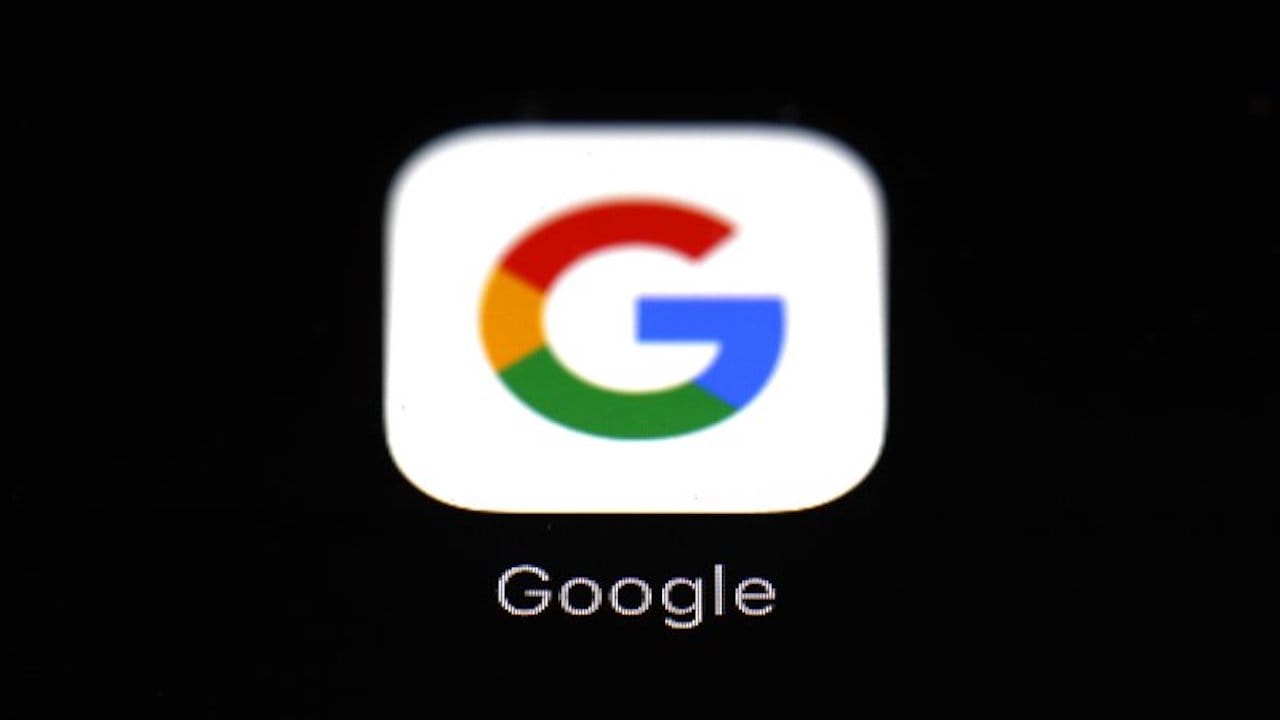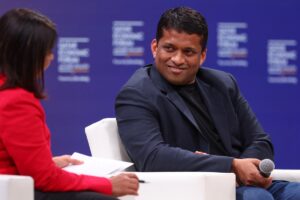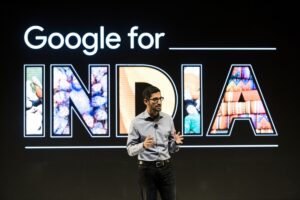The New York TimesMar 30, 2021 13:36:52 IST
Google tried to copy Amazon’s playbook to become the shopping hub of the internet, with little success. Now it is trying something different: the anti-Amazon strategy.
Google is trying to present itself as a cheaper and less restrictive option for independent sellers. And it is focused on driving traffic to sellers’ sites, not selling its own version of products as Amazon does.
In the last year, Google eliminated fees for merchants and allowed sellers to list their wares in its search results for free. It is also trying to make it easier for small, independent shops to upload their inventory of products to appear in search results and buy ads on Google by teaming up with Shopify, which powers online stores for 1.7 million merchants who sell directly to consumers.
But like Google’s many attempts during its two-decade quest to compete with Amazon, this one shows little sign of working. Google has nothing as alluring as the $295 billion that passed through Amazon’s third-party marketplace in 2020. The amount of goods people buy on Google is “very small” by comparison — probably around $1 billion, said Juozas Kaziukenas, founder of Marketplace Pulse, a research company.
Amazon is a fixture in the lives of many Americans. It has usurped Google as the starting point for shoppers and has become equally essential for marketers. Amazon’s global advertising business grew 30 percent to $17.6 billion in 2020, trailing only Google and Facebook in the United States.
But as the pandemic has forced many stores to go online, it has created a new opening for Google to woo sellers who feel uneasy about building their businesses on Amazon.
Sellers often complain about Amazon’s fees — which can account for one-quarter of every sale, not including the cost of advertising — and the pressure to spend more to succeed.
But since 2002, when it started a price comparison site called Froogle, a confusing play on the word “frugal” that required a rebranding five years later, Google has struggled to chart a cohesive vision for its shopping experience.
Last year, Google brought in Bill Ready, a former chief operating officer at PayPal, to fill a new senior position and spearhead an overhaul of its shopping strategy.
Daisuke Wakabayashi [c.2021 The New York Times Company]











